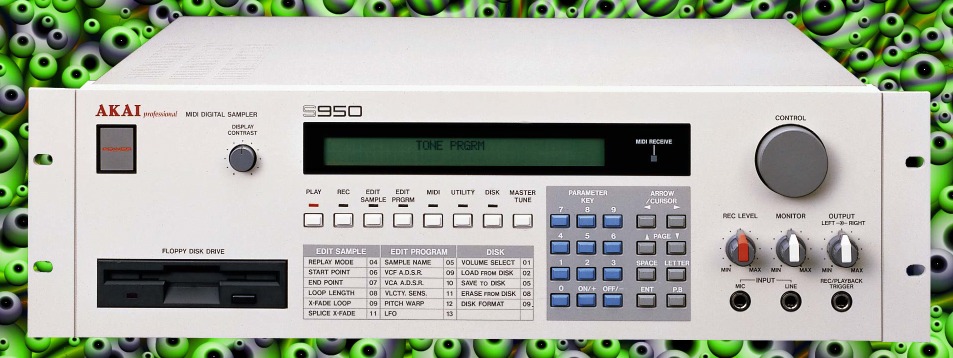Kim - It was very interesting how the wax was transformed and revealed the phone from hidden, almost like an extension of your being. Also, the painting with a blower idea is really cool and the resulting product is great.
Sabrina - I see your message that man is destroying the earth via oil and pollution, and that the paint was like a 'blood bath,' but I think it would have made a better statement if you had tied them together a little bit better. You were the only one that used music you made though, and it was great!
Catherine - Using an 'unsafe,' current issue location was definitely the right idea for performance art. I think that the themes you explained in this are a little far stretch, as I don't know that I would have correlated forgiveness if it hadn't been explained, but your performance was the most meaningful out of all and it was amazing.
Erin - Even though you were critiqued for doing it in too safe of a place, I got your message right away. I think that saying people are now too involved in technology to notice their surroundings is however a little overdone as theme.
Michelle - Good for you to going to the casino! I would definitely have been afraid to get thrown out. However, the performance lacked the interaction from audience members. Even if you didn't use them actively, you must remember the ideas from ART 310 where you have to entice the user.
James - I definitely see your idea of the mini city that people destroy, but I could have been a little better if you had actually gone up to people and said, "Hey, wanna help me destroy part of this?"
Juan - I am surprised no one really came up to talk to you. Yes, you did have a camera-person so it was obvious you were doing it for a reason, but, I mean, you were laying on the couch with a pillow! For the video element, I think it would have been better without the voiceover.
Chris - You missed the idea of a performance art piece; it was too scripted and you might argue that there were some elements of improv, but there is no way of knowing it by just presenting a video.
Arielle - You wrapped you friend up in wires to make a statement, but Santiago is right: the dorm hallway is too safe of an area, and you didn't use yourself in the piece, just actors. Your message is also lost I think; all that is being conveyed really is that college students like to go to the beach, and they use their cell phones a lot there.
Cody - Really cool use of the keyboard, sending out sound that is never the same. It definitely added an element to your piece that made it interesting and unlike performances that people have done before.
Nakota - I like that this is akin to the 1950s idea of 'the end of the world' when people had to stockpile their nuclear bomb shelters in case of fallout. You had the technological element, but it wasn't all about the technology and I like that you did this different from others.

















